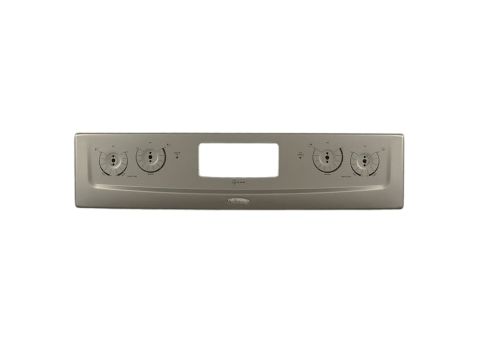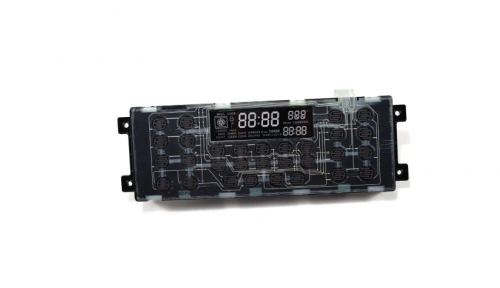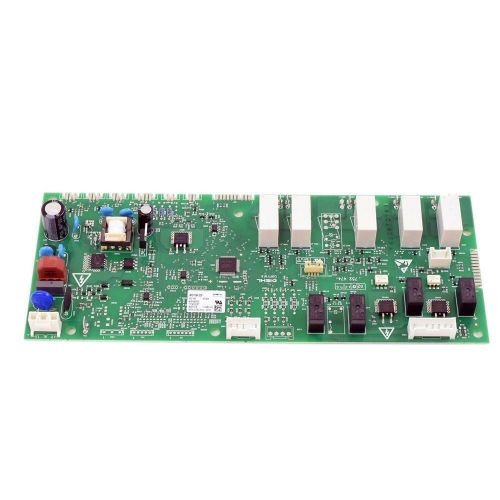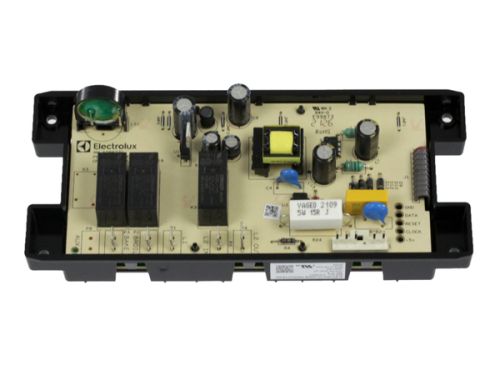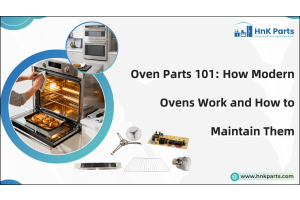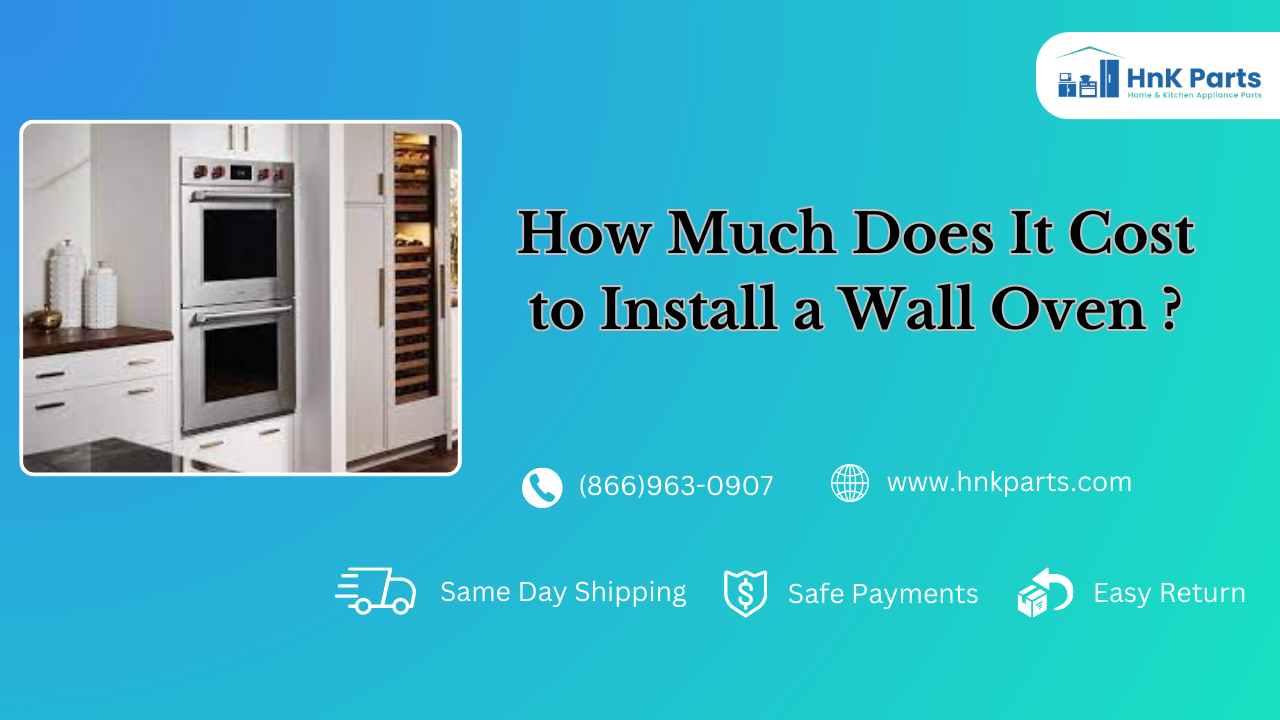
Installation Costs of Wall Ovens: Explore Now
Embarking on a kitchen renovation or upgrade often involves critical decisions, and one significant choice is selecting and installing a wall oven. Understanding the financial aspect is crucial, as costs can vary based on factors like brand, features, and installation requirements.
In this article, we delve into the key considerations that influence the overall expense of installing a wall oven. From exploring popular brands to examining installation complexities, we aim to provide a comprehensive overview of the expenses associated with this kitchen appliance upgrade. Whether you're a homeowner planning a remodel or a cooking enthusiast seeking an appliance upgrade, grasp the insights into how much it truly costs to install a wall oven.
| Table of contents: Types of wall ovens Pre-installation considerations of wall ovens Factors influencing wall oven installation costs Wall oven hidden costs and considerations DIY wall oven installations vs. hiring a pro How to install a wall oven? Tips for cost savings on wall ovens |
Types of wall ovens
When contemplating the installation of a wall oven, understanding the various types available is crucial for making an informed decision. Two primary distinctions arise: single vs. double wall ovens and electric vs. gas wall ovens.
Single vs. Double wall ovens: Single wall ovens feature one cooking compartment, ideal for smaller kitchens or those with limited cooking needs. Conversely, double wall ovens boast two separate compartments, allowing for simultaneous cooking at different temperatures. This option caters to those who frequently prepare large meals or multiple dishes concurrently.
Choosing between a single or double wall oven hinges on factors such as kitchen space, cooking habits, and the frequency of entertaining guests. Single ovens offer efficiency and simplicity, while double ovens provide versatility and convenience.
Electric vs. Gas wall ovens:
Electric wall ovens are renowned for even heat distribution and precise temperature control. They are often quicker to preheat and can be more energy-efficient. However, some may miss the open flame cooking experience that gas ovens offer.
Gas wall ovens provide a more traditional cooking experience, favored by those who enjoy the visual cues of an open flame. They are generally more cost-effective to operate. However, they may require a bit more attention to temperature regulation.
The choice between electric and gas not only influences cooking preferences but also affects installation costs. Gas ovens may require additional considerations like a gas line installation, potentially increasing upfront expenses. Understanding the pros and cons of each fuel type is vital to aligning your oven choice with both cooking preferences and budget constraints.
Check our "Wall Oven Buying Guide" for informed installation decisions.
Pre-installation considerations of wall ovens
Before diving into the wall oven installation process, several critical factors merit careful consideration to ensure a seamless integration of your wall oven into your kitchen space. Here are key pre-installation considerations:
Kitchen layout assessment: Evaluate your kitchen layout to determine the most suitable location for the wall oven. Consider factors such as proximity to other appliances, accessibility, and the overall workflow of your cooking space. Ensure that the chosen spot aligns with both functional and aesthetic preferences, keeping in mind the oven's size and clearance requirements.
Electrical and gas requirements: Verify the electrical and gas requirements for your chosen wall oven. Electric ovens typically need a dedicated electrical circuit, while gas ovens necessitate a gas line connection. Ensure that your kitchen's existing infrastructure can accommodate these requirements or be prepared to make necessary upgrades. Consulting with a professional electrician or gas technician may be advisable to ensure compliance with safety standards.
Ventilation considerations: Efficient ventilation is crucial for maintaining a comfortable and safe kitchen environment. Determine whether your wall oven requires ventilation, and if so, consider the appropriate venting options. Some ovens come equipped with built-in ventilation systems, while others may require an external ventilation solution. Adequate ventilation not only enhances the longevity and performance of the oven but also contributes to a healthier indoor air quality.
Addressing these pre-installation considerations diligently will contribute to a smoother installation process and an optimized kitchen setup that aligns with your cooking needs and preferences.
Searching for oven replacement parts? HnK Parts offers a diverse selection, ensuring you find the perfect fit for your appliance. From heating elements to control panels, explore our inventory for quality oven parts at competitive prices.
Factors influencing wall oven installation costs
Installing a wall oven involves various factors that can significantly impact the overall cost of the project. While the cost may vary depending on your location, the type of wall oven, and the complexity of the installation, here are some key factors to consider, along with rough estimates to provide you with a general idea.
1.Type of wall oven:
-
- Single Wall Oven: $500 - $2,000
- Double Wall Oven: $1,000 - $4,000
The type of wall oven you choose plays a crucial role in determining the installation cost. Double wall oven installation generally require more labor and materials, resulting in a higher overall cost compared to single wall ovens.
2.Electrical or gas connection:
-
- Electrical Installation: $200 - $500
- Gas Installation: $500 - $1,500
The choice between an electric or gas wall oven will impact the installation cost. Single gas wall oven installations typically involve more complex work and may require additional safety measures, contributing to a higher overall cost.
3.Cabinet modifications:
-
- Minimal Modifications: $100 - $300
- Extensive Modifications: $300 - $1,000
If your existing cabinets need modifications to accommodate the new wall oven, the extent of these modifications will influence the overall installation cost. Minimal adjustments may only involve resizing the cabinet opening, while extensive modifications may include structural changes.
4.Ventilation requirements:
-
- Ventless System: $0 - $500
- Venting to the Exterior: $500 - $1,500
Some wall ovens come with ventless options, eliminating the need for external ventilation. However, if venting to the exterior is necessary, additional costs for ductwork and installation will apply.
5.Professional installation fees:
-
- Basic Installation: $200 - $500
- Complex Installation: $500 - $1,000
Hiring a professional installer is essential for a safe and proper wall oven installation. The complexity of the installation process, including wiring, mounting, and calibration, can impact the labor cost.
Know more about Convection Vs Conventional Oven: What's The Difference?
Wall oven hidden costs and considerations
When planning for the installation of a wall oven, it's crucial to be aware of potential hidden costs and considerations that may arise during the process. Beyond the primary factors influencing wall oven installation cost, the following aspects should be carefully taken into account:
Permits and inspections: Before embarking on your wall oven installation project, check with your local authorities regarding necessary permits for electrical or gas work. Permit fees typically range from $50 to $200, depending on your location. Additionally, some areas may require inspections to ensure compliance with safety codes, incurring inspection fees ranging from $100 to $300. Failure to obtain proper permits and inspections can lead to fines and may pose safety risks.
Potential kitchen modifications: Despite careful planning, unforeseen challenges may arise during the installation process, leading to unexpected expenses. These challenges could include hidden structural issues, outdated wiring, the need for custom fittings, or unexpected issues with wall oven parts. It's advisable to set aside a contingency budget ranging from $200 to $500 to account for any unforeseen circumstances. Consulting with a professional installer can help identify potential challenges early in the planning stages, allowing for better preparation and minimizing the risk of unexpected costs.
Unforeseen challenges and additional expenses: Despite careful planning, unforeseen challenges may arise during the installation process, leading to unexpected expenses. These challenges could include hidden structural issues, outdated wiring, or the need for custom fittings. It's advisable to set aside a contingency budget ranging from $200 to $500 to account for any unforeseen circumstances. Consulting with a professional installer can help identify potential challenges early in the planning stages, allowing for better preparation and minimizing the risk of unexpected costs.
Know more about How To Use An Oven: 6 Quick & Easy Steps
DIY wall oven installations vs. hiring a pro
Opting for a DIY wall oven installation may seem cost-effective, but it comes with risks. DIY wall oven prices typically range from $0 to $200, excluding potential mistakes. Hiring a professional installer, while incurring additional fees of $200 to $1,000, ensures safety, compliance, and expertise. DIYers might overlook complexities in electrical or gas connections, potentially leading to hazards and additional expenses. Professionals bring experience, reducing the likelihood of errors. In weighing cost and benefit, consider the value of a hassle-free, secure installation by a pro versus potential DIY pitfalls. Prioritize safety and long-term functionality for your kitchen upgrade.
Know more about Parts Of An Oven: Everything You Need To Know
How to install a wall oven?
Installing a wall oven can be a rewarding DIY project with careful planning and execution. Follow these steps for a successful installation:
- Measure and plan: Accurately measure the oven's dimensions and the cabinet space to ensure a proper fit. Plan for electrical or gas connections and any necessary modifications.
- Turn off power or gas: Prior to installation, turn off the power at the circuit breaker or shut off the gas supply.
- Prepare the space: Clear the installation area, removing any obstacles. Ensure proper ventilation if required.
- Install the mounting bracket: Secure the oven's mounting bracket to the wall, following manufacturer guidelines.
- Connect power or gas: Install the electrical wiring or gas line, adhering to safety codes and guidelines.
- Mount the wall oven: Carefully lift and secure the oven onto the mounting bracket.
- Secure in place: Fasten the oven to the cabinet or wall securely, preventing any wobbling.
- Test the oven: Turn on the power or gas supply and test the oven to ensure proper functionality.
Discover effective tips on how to clean a microwave effortlessly here.
Tips for cost savings on wall ovens
Maximize your budget and still achieve a top-notch wall oven installation with these cost-saving tips.
Compare prices: Research and compare prices from various retailers to find the best deals on wall ovens.
Look for promotions: Keep an eye out for promotions, discounts, or seasonal sales, which can significantly reduce the cost of a wall oven.
Consider refurbished or open-box models: Explore refurbished or open-box options for potential savings without compromising quality.
DIY installation: If you have the skills and confidence, consider a DIY installation to save on professional labor costs.
Bundle deals: Look for bundle deals that include a wall oven and other kitchen appliances, potentially providing cost savings.
Energy efficiency: Choose an energy-efficient model to save on long-term utility costs.
Explore financing options: Some retailers offer financing options with low or zero-interest rates, spreading the cost over time.
Cashback or rebates: Check for manufacturer rebates or cashback offers that can further reduce the overall expense.
The cost of installing a wall oven is influenced by various factors such as oven type, electrical or gas connections, kitchen modifications, and professional fees. While DIY options may seem economical, the expertise of a professional ensures safety and compliance. Considering hidden costs like permits and potential modifications is crucial for an accurate budget. Whether opting for a DIY approach or hiring a pro, being mindful of these factors ensures a successful installation, enhancing your kitchen while minimizing unexpected expenses.
FAQs
How are wall ovens measured?
Wall ovens are typically measured by their width, height, and depth dimensions, commonly expressed in inches, to ensure a proper fit within kitchen cabinetry.
How much does it cost to replace a built-in oven?
The cost to replace a built-in oven varies, with factors such as the oven type, brand, and installation requirements. On average, replacement costs range from $500 to $3,000, including installation.
What are some benefits of built-in ovens?
Built-in ovens offer a sleek and integrated appearance, save floor space, provide ergonomic access, and often come with advanced features such as convection cooking, multiple cooking modes, and enhanced energy efficiency.


